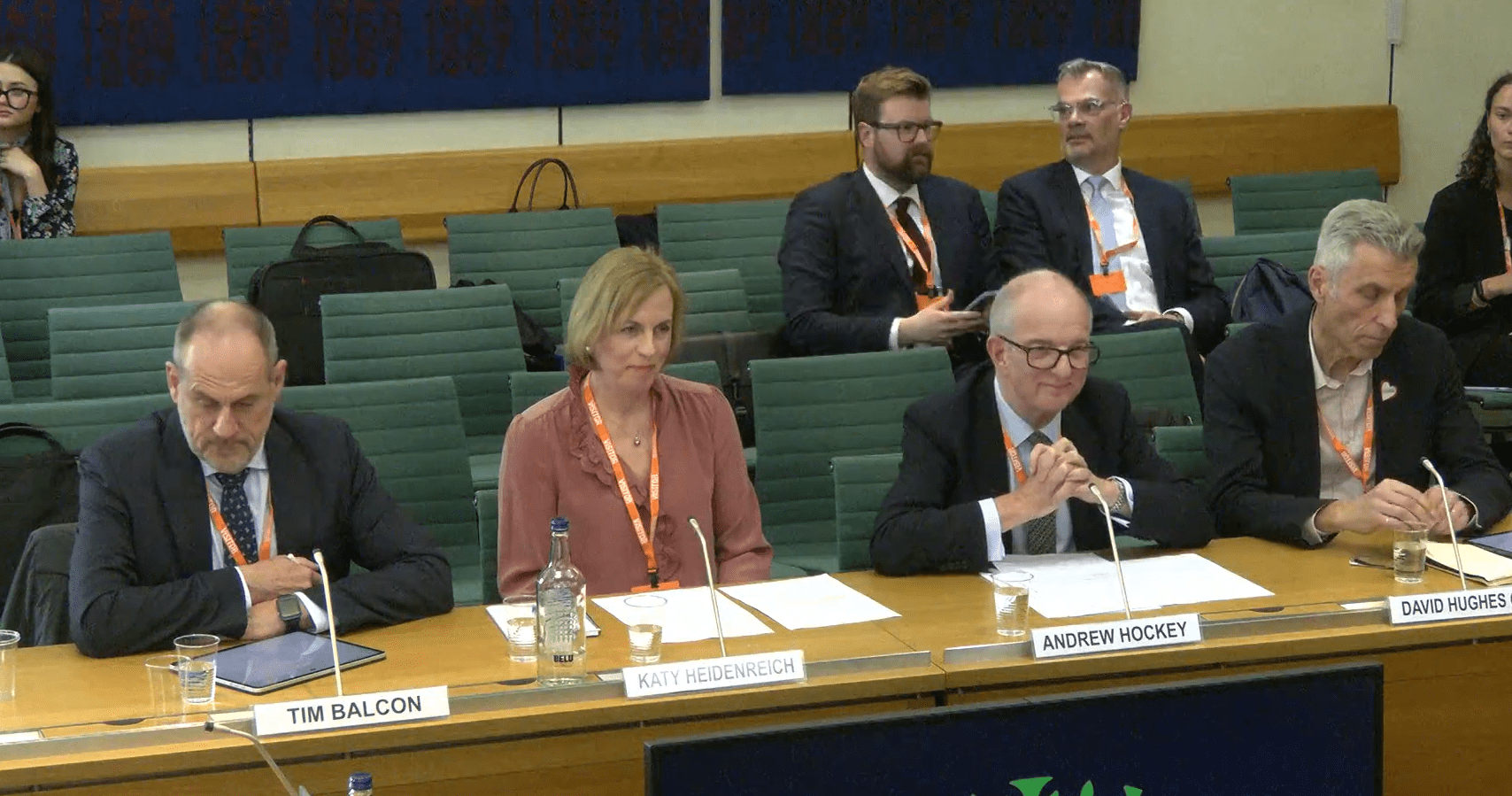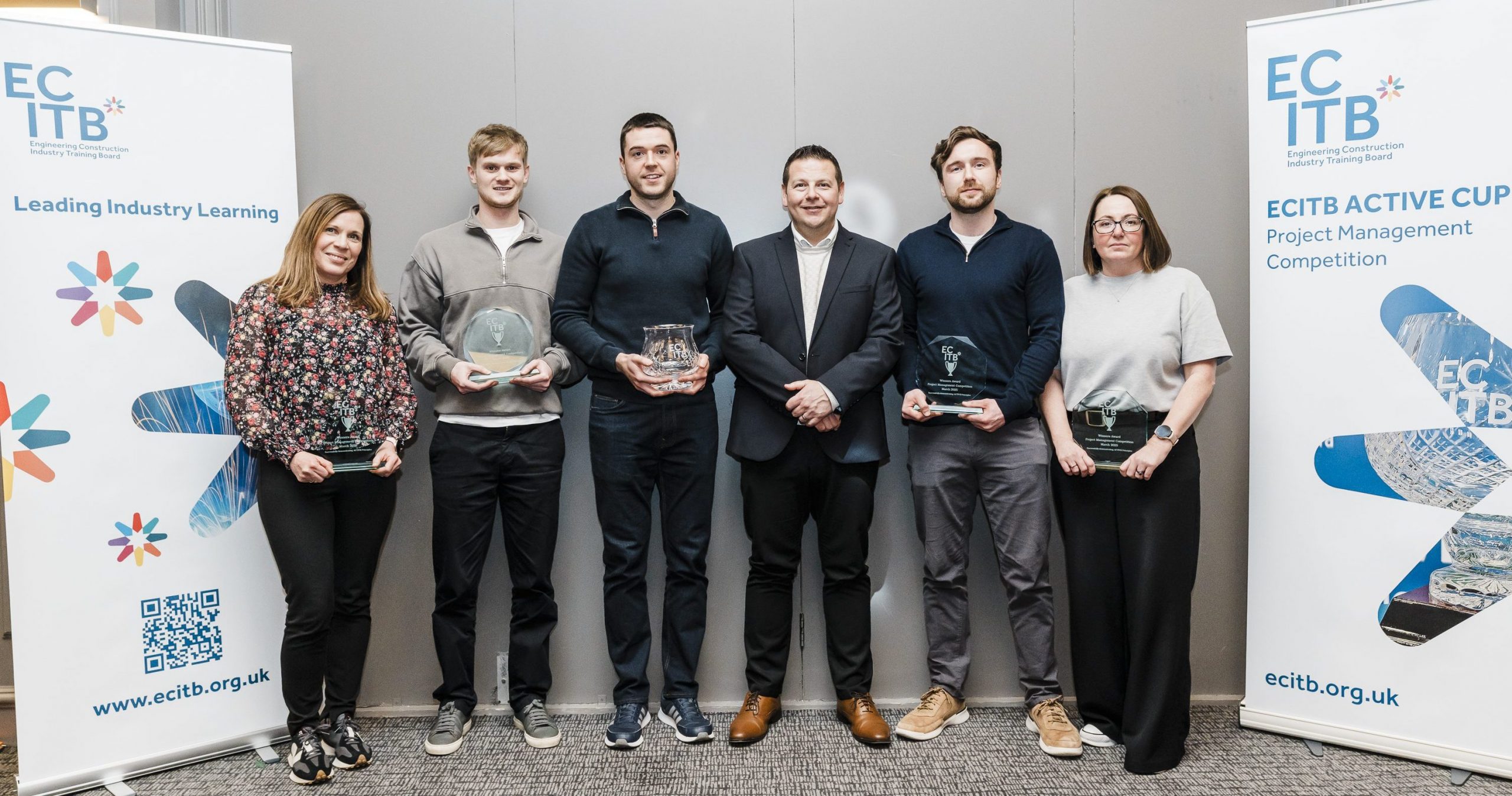There are a number of areas of potential difficulty associated with establishing an effective project collaboration.
Industry and organisational cultures, based on past practices and experience, can cause resistance to the change from traditional to collaborative delivery strategies.
Quite apart from individual self-interests, there are a number of psychological reasons why people often feel more comfortable in dealing with conflict rather than taking what they perceive as a risk in placing their trust in others.
Why are people resistant to change?
Our first experience in conflict is often during childhood with siblings and extended social networks. Many such sibling rivalries are often just battles for parental attention.
In his book I Don’t Agree, Michael Brown draws on research which indicates that by age 16 we have often experienced a staggering number (counted in thousands!) of sibling and social disputes – 90% of which do not get resolved and 60% result in the total submission of one party to the other.
He also notes that single children are often at a disadvantage in terms of negotiating skills later in life. It is hardly surprising then that some people will revert to the ‘well practised’ ground of conflict in working relationships later in life.
Walter Cannon in the 1920s first described a theory of the ‘fight or flight’ response (aka acute stress response) in animals.
Humans in the modern world are rarely life threatened but in circumstances of extreme stress, will often show a ‘fight’ response.
In the world of work, if people are faced with circumstances that represent a challenge to their interests or threaten their deep-rooted personal values and beliefs, the ‘fight’ response may quite often result in interpersonal conflict.
What can be done to change this?
The key to breaking down these barriers is to foster greater diversity.
Gender diversity
In his book, Michael Brown refers to research suggesting that a ‘fight or flight’ response may be genetically locked in human males – having evolved from prehistoric threat experiences.
But the genetic coding of female humans promotes a modified response in circumstances of threat and heightened stress which can be thought of as ‘tend and befriend’. Again, this comes from the evolutionary response to protect offspring.
Social and cultural group diversity
Throughout the industrial age in the western world, engineering construction project delivery teams have been composed mainly of western males.
There was rarely any attempt to establish collaboration between organisations and their teams. This promotes self-interested thinking with differentiated objectives being pursued by those involved.
Different geographical, national and social cultures and groups operate quite different beliefs and values to those exhibited by western cultures. Many are more motivated to pursue the common good and the wellbeing of the group rather than to concentrate their efforts on self-interest.
Cognitive and age diversity
With the significant challenges currently facing the engineering construction sector we need to seek new approaches and more effective ways to do things. Now is the time to discard the ‘play book’ and creatively look for alternative solutions.
If we continue to assemble project teams that consist predominantly of engineers or with the majority of members who have a significant period of experience in the engineering construction sector, we are likely to be constrained by convergent thinking.
Project solutions will continue along the lines of ‘the way we have always done things’ and we will ultimately fail to deliver.
To foster an environment of divergent, creative thinking we need to build teams that have varied skills, knowledge and experiences. We need to recruit people from other sectors and backgrounds and a blend of experience.
It is likely to be the younger people in the team, who are not constrained by the experiences of the past, who will be able to spark the creative thinking that is needed.
In summary
Understanding behavioural differences and benefits is key. Project delivery teams with healthy gender, cultural, social group, cognitive and age diversity may be more open to integrated, collaborative working and avoid adversarial behaviours.
Team selection processes are clearly important but integrated, collaborative project delivery teams also need to be supported through their development and as they identify and commit to aligned project goals.
Rather than years of engineering construction industry experience being the core focus in recruitment, we need to prioritise building a diverse team – one that can think creatively, address issues and collectively solve problems rather than falling back on the mantra of ‘that’s how things are always done’.
Author: Tony Maplesden BSc CEng FIMechE FAPM FInstLM
References: I Don’t Agree, Michael Brown, ISBN 978-0-85719-765-8
To support the Engineering Construction Industry project management community, the ECITB developed the Project Collaboration Toolkit. This includes information on how to set up an effective project team. Download your free copy here:
About Tony Maplesden
Tony is a chartered engineer with over 40 years of experience in the delivery of engineering construction projects. His experience in the process industries has encompassed project assignments ranging from minor ‘works-based’ project programmes to multi-million GB pound capital investment projects.
A fellow of the Association for Project Management (APM), the Institution of Mechanical Engineers and the Institute of Leadership & Management, he has a qualification in management psychology and is a qualified management coach/mentor.
Now semi-retired, during his career he has worked in many senior management roles and delivered projects in a number of industry sectors.
In the final stage of his career, he worked in the UK Oil & Gas industry based in Aberdeen, during which time he held the positions of Offshore Regional Chair and Chairman of the Project Management Steering Group with the Engineering Construction Industry Training Board (ECITB).
During 2016 he played a significant role in the design and development of the ECITB Project Collaboration Toolkit and drafted much of the Toolkit content. He has since been coordinating work associated with piloting of the Toolkit and is presently supporting its application to major projects across a number of UK industry sectors.





